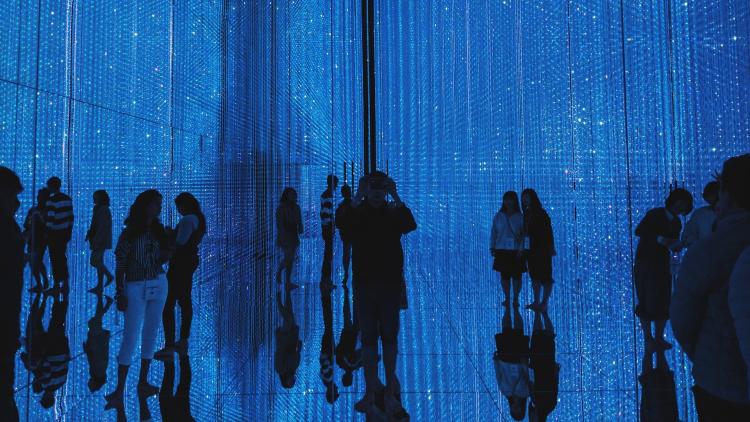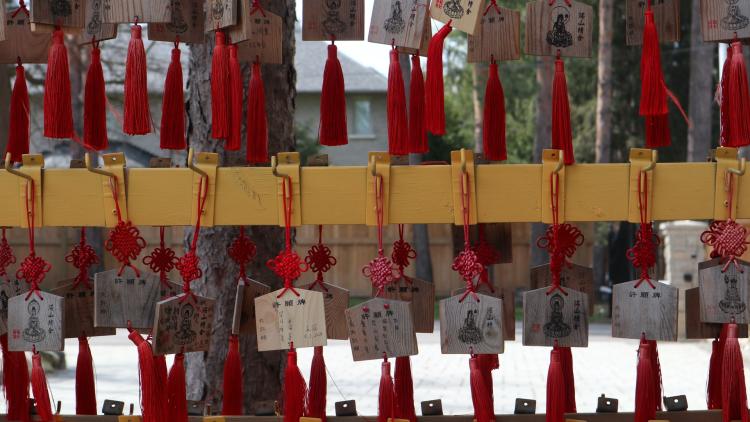The Silk Road and its Origins: Art and Archaeology

Key information
- Status
- Module not running
- Module code
- 15PARH095
- FHEQ Level
- 7
- Credits
- 15
- Department
- School of Arts & Department of History of Art and Archaeology
Module overview
This module covers the period from the Bronze Age through to the 5th century of the Common Era. It focuses primarily on the overland routes (Silk and Steppe) that connected China with Central Asia and also Northern India and Persia.
Using both archaeological and textual material, it examines the role of contact, interaction and exchange on the development of material culture (tombs, architecture, textiles, metalwork, ceramics, painting, sculpture, glass) of the peoples and societies who lived and travelled these routes. There is also an emphasis on the conduit role these routes played in the transmission of religions, particularly Buddhism along with a focus on how the various Silk Road populations actively engaged with and shaped Buddhist practice and imagery to reflect specific local interests and concerns.
The module as structured stresses cross regional and cross disciplinary approaches. It encourages students to develop skills of visual analysis, engage with scholarly issues and critically examine the methodological paradigms and narratives that have shaped the study of the Silk Road over the past century.
Objectives and learning outcomes
On successful completion of this module a student will be able to:
- Demonstrate a critical awareness of the themes and issues relevant to the development of early regional and interregional interaction on the Silk Roads.
- Compare and analyse data across traditional regional and disciplinary boundaries in order to investigate complex patterns of interaction.
- Identify and evaluate underlying theoretical frameworks or paradigms and experiment with alternative models.
- Demonstrate a knowledge of the range of materials and resources available to support research in the study of Silk road art and archaeology.
- Develop, articulate and justify scholarly positions using relevant and correct terminology.
- Recognise, describe, and analyse both Buddhist and non- Buddhist art in the context of regional and interregional interaction.
Workload
- Lectures: 1 hour per week
- Seminars: 1 hour per week
Method of assessment
- 1,000-word report/review (worth 30% of marks)
- 2,000-word essay (worth 70%)
Suggested reading
- Stanley K. Abe. 2002. Ordinary Images. Chicago: University of Chicago Press.
- Valerie Hansen. 2012. The Silk Road -- A New History. Oxford: Oxford University Press.
- Victor Mair and Jane Hickman eds. 2014. Reconfiguring the Silk Road. Philadelphia: University of Pennsylvania Press.
- James C.Y. Watt. 2004. China - Down of a Golden Age, 220–750 AD. New Haven and London: Yale University Press
Disclaimer
Important notice regarding changes to programmes and modules.



